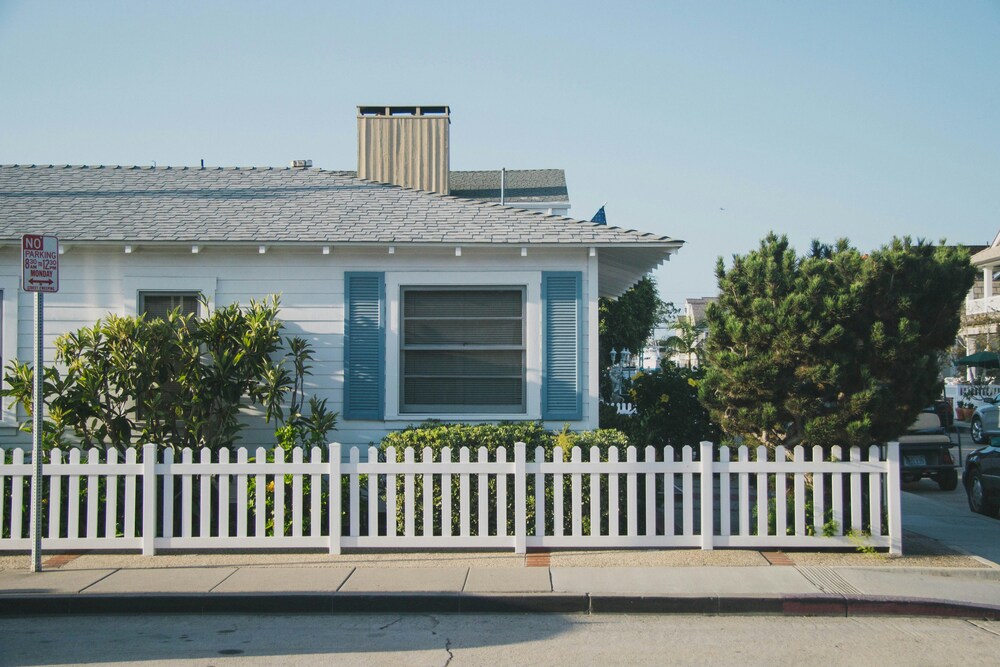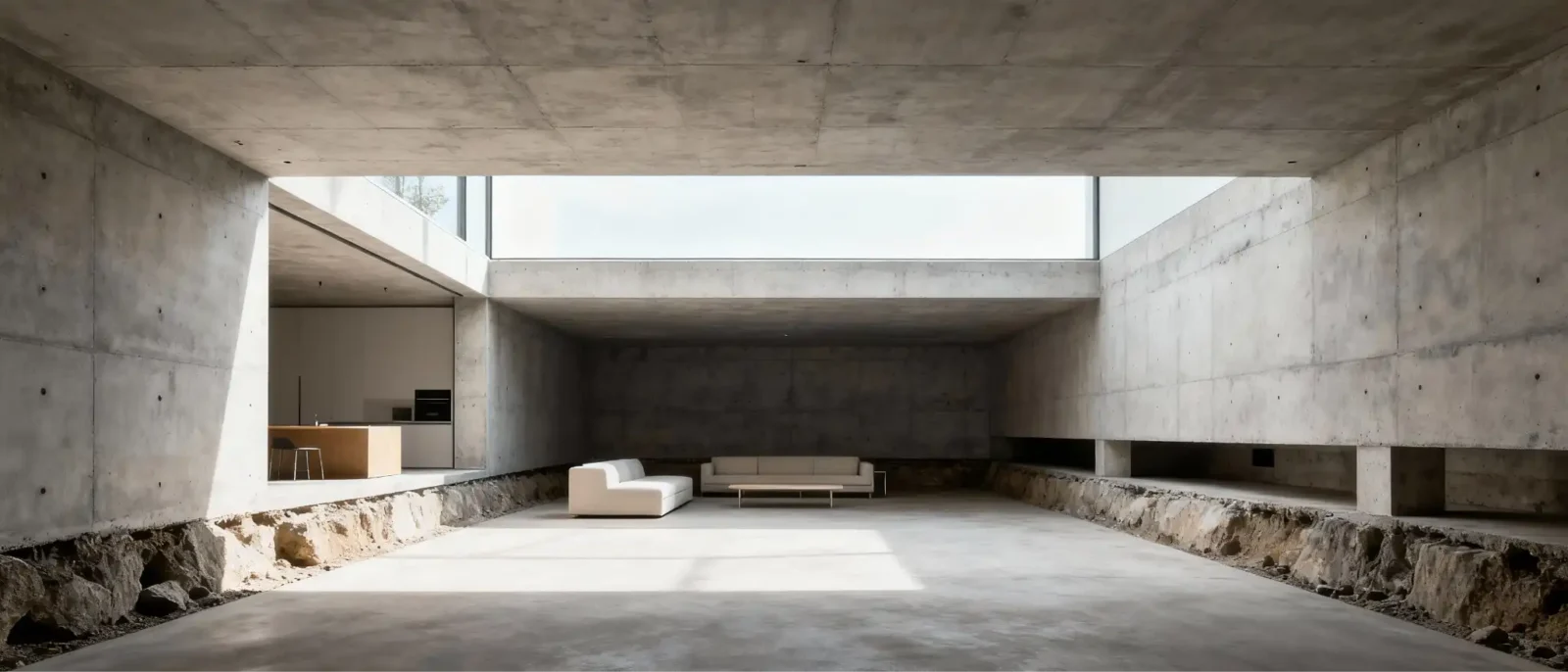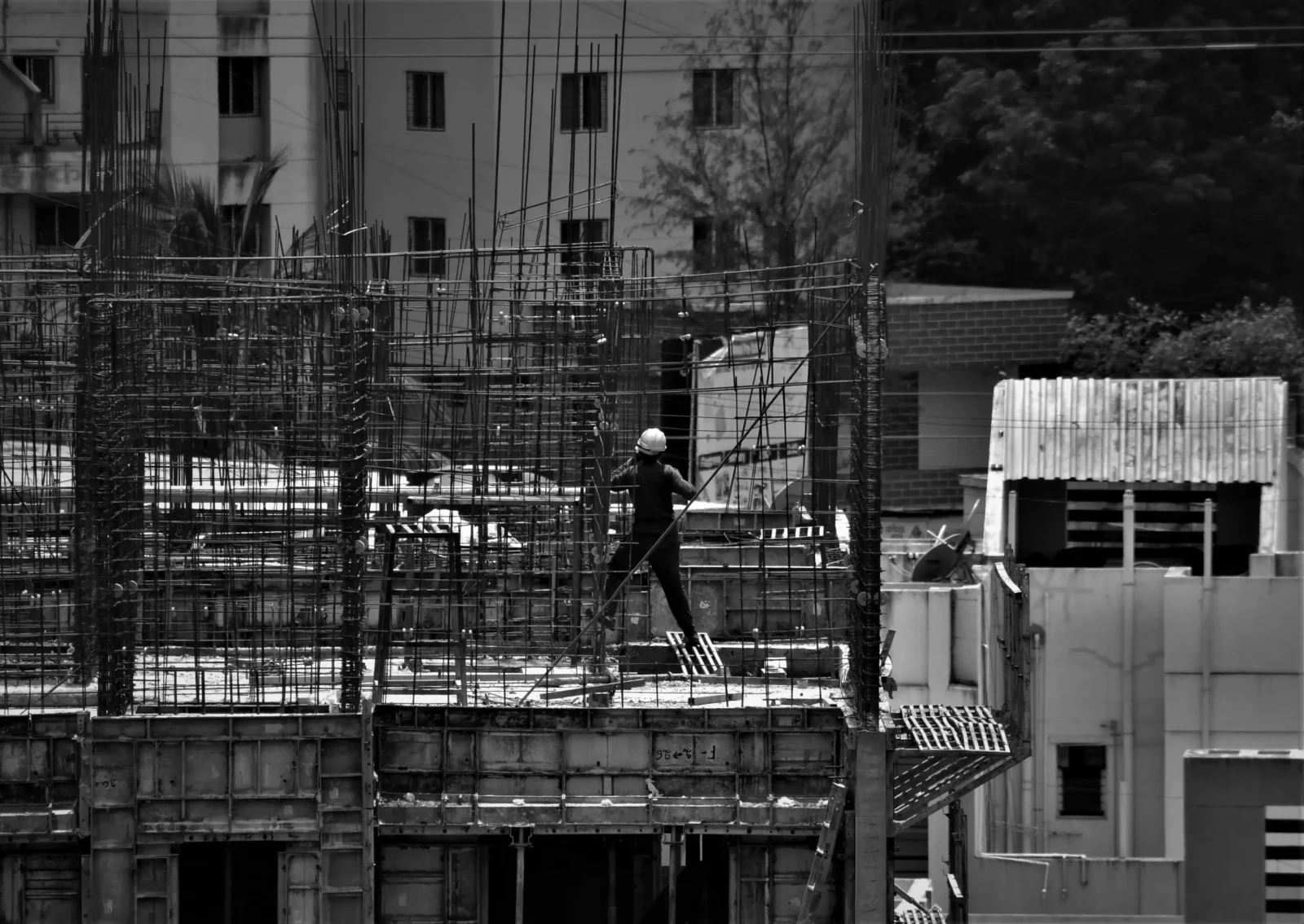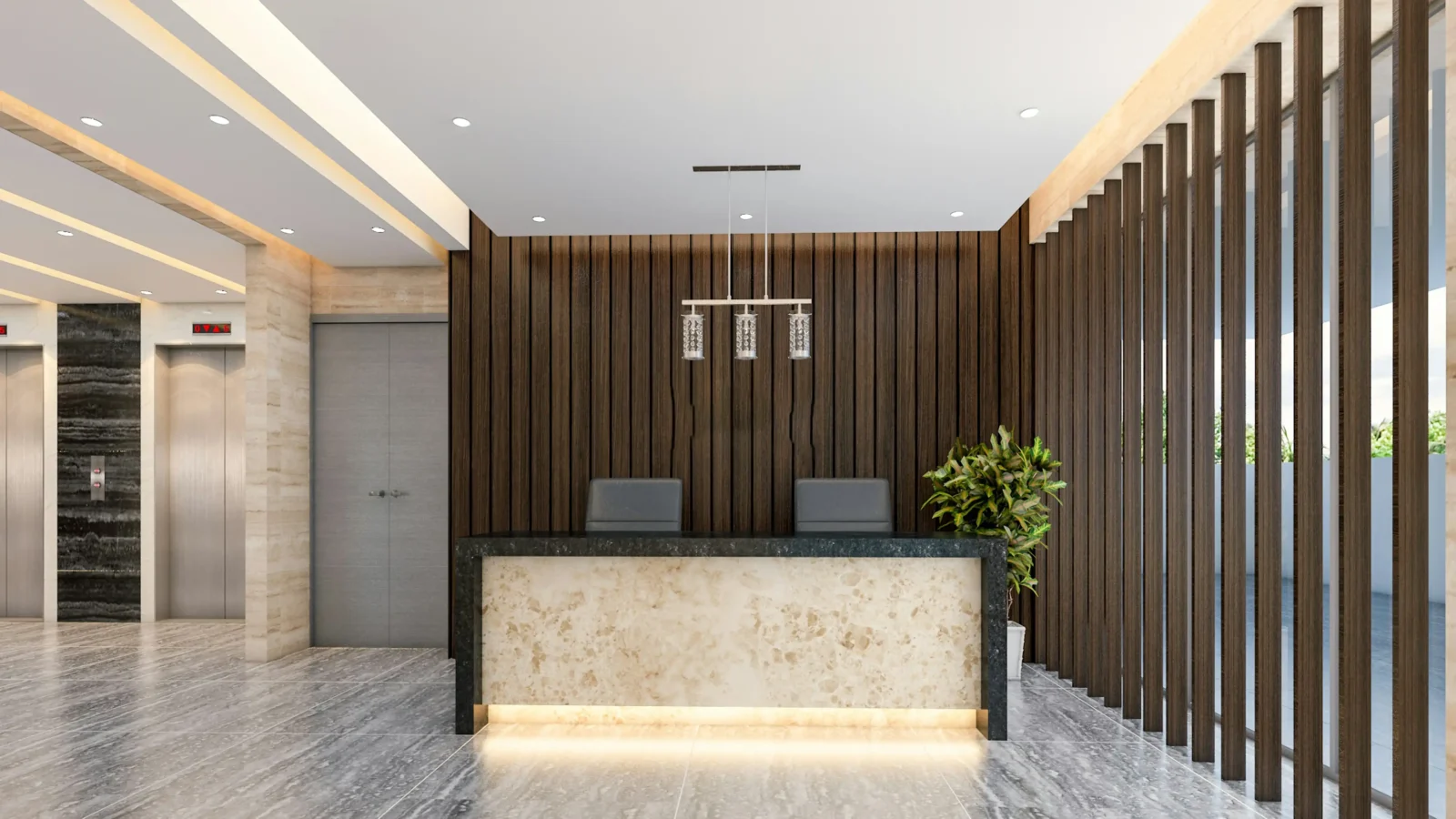- Home
- Articles
- Architectural Portfolio
- Architectral Presentation
- Inspirational Stories
- Architecture News
- Visualization
- BIM Industry
- Facade Design
- Parametric Design
- Career
- Landscape Architecture
- Construction
- Artificial Intelligence
- Sketching
- Design Softwares
- Diagrams
- Writing
- Architectural Tips
- Sustainability
- Courses
- Concept
- Technology
- History & Heritage
- Future of Architecture
- Guides & How-To
- Projects
- Interior Design
- Competitions
- Jobs
- Store
- Tools
- More
- Home
- Articles
- Architectural Portfolio
- Architectral Presentation
- Inspirational Stories
- Architecture News
- Visualization
- BIM Industry
- Facade Design
- Parametric Design
- Career
- Landscape Architecture
- Construction
- Artificial Intelligence
- Sketching
- Design Softwares
- Diagrams
- Writing
- Architectural Tips
- Sustainability
- Courses
- Concept
- Technology
- History & Heritage
- Future of Architecture
- Guides & How-To
- Projects
- Interior Design
- Competitions
- Jobs
- Store
- Tools
- More
What Is The Hardest Part Of Building A Fence?

When it comes to home improvement projects, building a fence is often seen as a challenging but rewarding task. Many homeowners embark on this endeavor to enhance privacy, and security or simply to define their property boundaries. But as they begin planning, a common question arises: What is the hardest part of building a fence?
The hardest part of building a fence is digging and setting the posts. This crucial step requires precision, strength, and often specialized tools to ensure the fence’s stability and longevity.
While this answer provides general insight, it’s important to note that the difficulty of fence building can vary depending on terrain, fence type, and local regulations. Continue reading to discover how these variables might affect your specific fencing project and learn valuable tips for overcoming potential challenges.
Table of Contents
ToggleHow Does Terrain Affect Fence Building Difficulty?
The type of terrain on your property can significantly impact the complexity of your fence-building project. Flat, even ground, is generally the easiest to work with, as it allows for straightforward post placement and consistent fence height. However, sloped or uneven terrain presents unique challenges.
On a slope, you’ll need to decide between stepping the fence panels or following the contour of the land. Stepping requires additional planning and potentially more materials, as each section must be cut to fit. Following the contour can be visually appealing but may leave gaps at the bottom of the fence.
Rocky soil can make digging post holes extremely difficult, requiring specialized equipment or even explosives in extreme cases. On the other hand, sandy or loose soil might necessitate deeper post holes or concrete footings to ensure stability.

What Are The Most Common Mistakes In DIY Fence Building?
Even experienced DIYers can fall prey to common fence-building pitfalls. One of the most frequent mistakes is improper post-placement. Posts that are too shallow, not level, or spaced correctly can lead to a strong and stable fence.
Another common error is checking local zoning laws and property lines before starting. This oversight can result in costly disputes with neighbors or fines from local authorities. It’s crucial to research and obtain any necessary permits before breaking ground. In Tampa Bay, property owners often face unique environmental factors that influence construction timelines. Many rely on Tampa chain link fence installation services to address challenges like coastal soil conditions and frequent storms. Proper planning helps prevent setbacks and ensures a durable structure.
Choosing the wrong materials for your climate and intended use is another mistake to avoid. For instance, using untreated wood in a humid environment can lead to rapid deterioration, while lightweight materials might not withstand strong winds in open areas.
How Can You Simplify The Fence-Building Process?
While building a fence can be challenging, several ways to streamline the process exist. First, consider renting or investing in specialized tools like a power drill for digging post holes. This can save significant time and effort, especially when dealing with hard soil.
Pre-planning is crucial. Take accurate property measurements, sketch out your fence design, and calculate materials needed before starting. This can help avoid costly mistakes and repeated trips to the hardware store.
Don’t hesitate to ask for help. Fence building is often easier and safer with at least one other person. Consider enlisting friends or family to assist, particularly in setting posts or lifting heavy panels.
Lastly, if the project seems overwhelming, there’s no shame in hiring professionals for fence installation. While it may cost more upfront, their expertise can ensure a well-built fence that will last for years, potentially saving money in the long run on repairs or replacements. Professional fence installation services can handle everything from obtaining permits to ensuring proper post placement, simplifying the entire process.
What Are The Best Materials For Long-Lasting Fences?
Choosing the right materials is crucial for building a fence that will stand the test of time. Wood is popular due to its natural aesthetic and versatility, but it requires regular maintenance. Cedar and redwood are naturally resistant to decay and insects, making them excellent options for wooden fences.
Vinyl fencing has gained popularity recently due to its durability and low maintenance requirements. While it may have a higher upfront cost, vinyl resists fading, cracking, and rotting, potentially offering better long-term value.
For maximum durability, metal fences are hard to beat. Aluminum fences are lightweight, rust-resistant, and ideal for decorative purposes. While heavier and more expensive, steel fences offer unparalleled strength and security. Both options can last for decades with minimal maintenance.
Composite fencing, made from a blend of wood fibers and plastic, offers the look of wood with enhanced durability. It resists warping, splitting, and rotting, making it an excellent choice for areas with harsh weather conditions.
How Can You Maintain Your Fence To Extend Its Lifespan?
Regular maintenance is key to ensuring your fence remains functional and attractive for years. For wooden fences, this typically involves annual cleaning and reapplication of stain or sealant to protect against moisture and UV damage. Inspect your fence regularly for signs of rot, loose boards, or protruding nails, addressing these issues promptly to prevent further damage.
Metal fences benefit from periodic cleaning to remove dirt and debris. Check for any signs of rust, especially at welded joints or where the metal contacts the ground. Small rust spots can be sanded and painted over, but extensive rust may require replacing the affected sections.

Vinyl and composite fences are low-maintenance but still benefit from occasional cleaning. A simple wash with soap and water can keep them looking new. Check for any cracks or damage from impacts, as these materials can be difficult to repair and may require section replacement.
For all fence types, maintain proper drainage around the base to prevent water accumulation, which can lead to premature deterioration. Trim back any overhanging branches or encroaching vegetation that could damage the fence over time.
Remember, a little regular care can go a long way in extending the life of your fence, saving you time and money in the long run.
Moving Forward
Now that you understand the challenges and considerations in building a fence, it’s time to take action. Start by thoroughly assessing your property’s terrain and boundaries, which will inform many of your decisions moving forward. Take measurements, note any slopes or obstacles, and consider how different fence styles might look in your space. This initial planning step will set you up for success and help you avoid many common pitfalls we’ve discussed.
illustrarch is your daily dose of architecture. Leading community designed for all lovers of illustration and #drawing.
Submit your architectural projects
Follow these steps for submission your project. Submission FormLatest Posts
What Really Keeps a City Alive? The Energy Behind Urban Motion
What gives a city its sense of life, the constant hum that...
The Vertical Revolution: How Basement Underpinning Creates Architectural Gold from Forgotten Spaces
Think about the last time you walked into a room with soaring...
Best Tools for Tracking Construction Labor Hours
Quick View of the Products Listed Best Overall: Workyard – Complete construction...
More Than a Gate: Designing a Secure and Stylish Home Entryway
A property’s entrance tells a story before a single guest steps inside....












Leave a comment